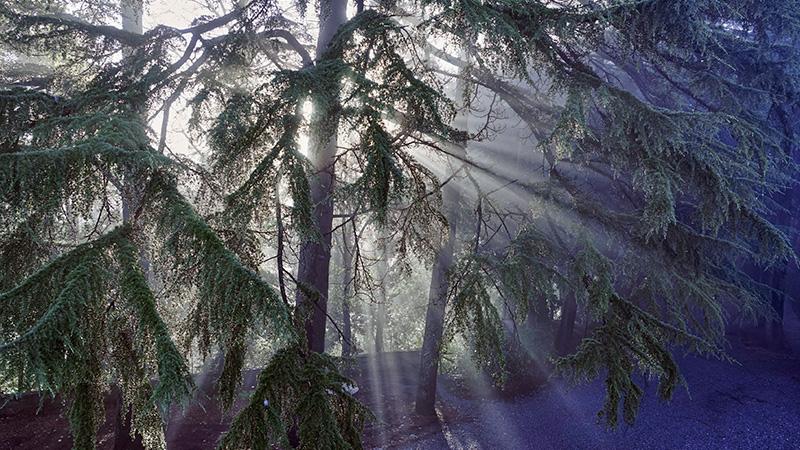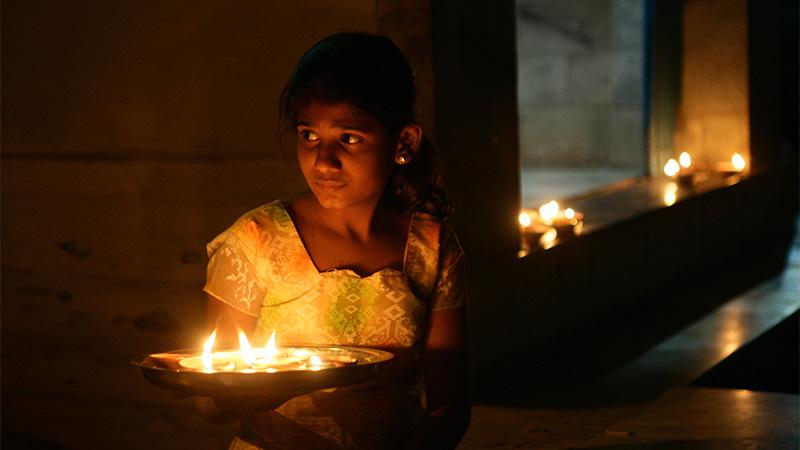Making Light Work
Episode #9 of the course Master photographic composition by Tom Ang
Hello!
One of the secrets to successful photography composition is in plain sight: light itself.
Too often, I hear photographers complaining about light—it’s too harsh, it’s too soft, there’s not enough. The smart attitude to have is that all light is good light. Let’s see how we can work with light instead of fighting against it.
No Light without Shadow
Photographers often concentrate too much on areas that receive light. They try to reduce the shadows in their image. If you want to create strongly individual images, a simple way is to allow shadows to dominate.
Try this:
• Look for strong shadows and turn them into the main subject. Shadows from trees are always interesting, especially when you can see the outline of the whole tree. You may find that to get the best from a shadow, you need to shoot from a higher viewpoint than normal.
• Shoot shadows early and late in the day—they are long, stretching across a scene. The strong lines they create help power your compositions.
• Shoot shadows from the sun—they often radiate outward. The lines, like the spokes of a wheel, are always visually engaging, as in this shot of sunlight penetrating through trees and mists.

Love Contrasts
Here, I want to touch on a technique that could fill a whole course by itself. It’s the fact that changes in exposure of an image can also change the composition. The best way to learn is to try it for yourself:
• When you encounter a scene that is strongly lit, with deep shadows and bright highlight areas, shoot a series of different exposures. Try one shot at the exposure the camera chooses, then one that is strongly underexposed, e.g. by minus two stops. So, if the normal exposure is 1/250sec at f/8, shoot at 1/1000sec at f/8. Next, shoot with strong overexposure. Using the same example, the overexposed shot will be 1/60sec at f/8. This technique is called “exposure bracketing.”
Look carefully at the results on your computer monitor. Notice how the underexposed version clearly defines the shape of the shadows. The overexposed image will open out the shadows and soften differences.
Often, photographers are afraid of shadows and try to expose to make them lighter. But this exercise will show that strong shadows can enhance composition very effectively.

Let Dark Be Dark
Here’s a bonus tip—not about composition as such, but it’s what happens when you fear shadows.
When photographing in the dark, photographers often try to make the image too light. Some throw in extra light with a flash gun. Others desperately increase exposure. In fact, you usually need to reduce exposure. If a scene is dark, then its image should be dark.
• When photographing in dark conditions, you may need to decrease exposure (using, say, the override/exposure compensation control) by around -1 stop. That was the technique used to capture the girl holding candles.
Well, we’re nearly at the end of this course. I hope you’re enjoying trying out the tips and strategies I’ve shared with you.
Tomorrow, we bring it all together into a technique that can truly lift your photography to great heights.
See you then!
Tom
Recommended book
Light Science & Magic: An Introduction to Photographic Lighting by Fil Hunter and Steven Biver
Share with friends

